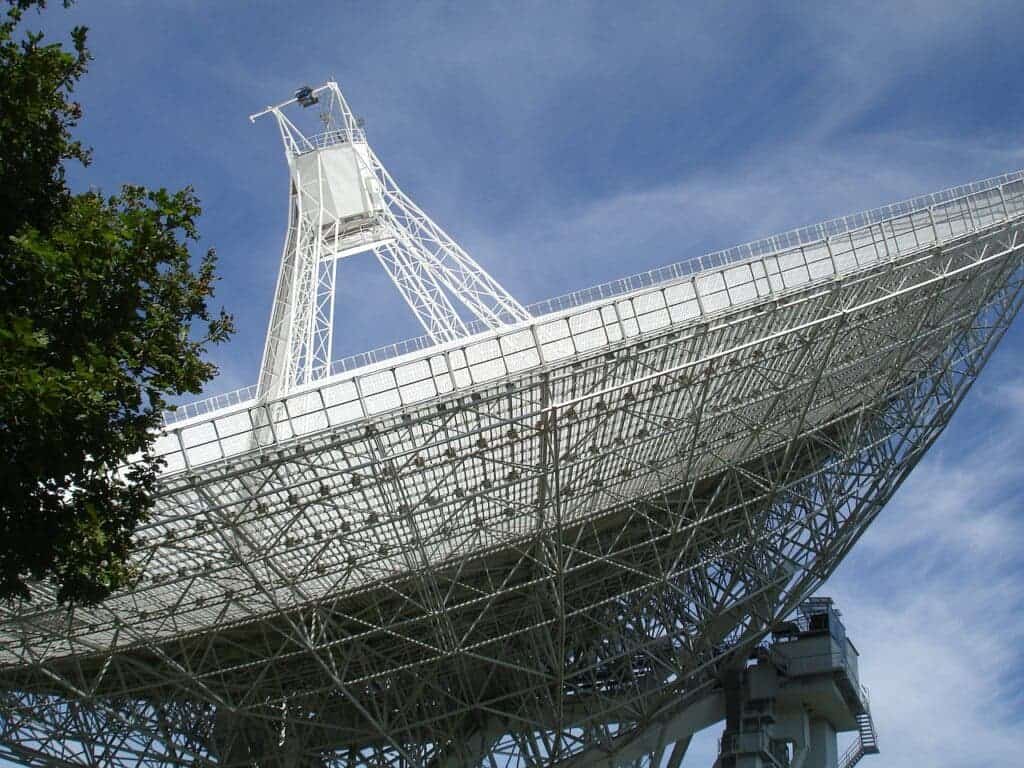Radiowave telescopes have the advantage that sunlight, clouds, and rain do not affect observations. (Photo: Pixabay)
Benjamin Pope and his Dutch team at the observatory ASTRON, home to the world’s most powerful radio antenna, found some unexpected radio waves coming from distant stars. Does this mean that there are some hidden planets out there? Turns out there could be.
While searching for red dwarf stars using the Low Frequency Array, the world’s most powerful radio telescope, the team discovered four magnetically inactive stars, a finding which bucked the conventional understanding of what astronomers can find with radio waves.
“We’ve discovered signals from 19 distant red dwarf stars, four of which are best explained by the existence of planets orbiting them,” Pope said. “We’ve long known that the planets of our own solar system emit powerful radio waves as their magnetic fields interact with the solar wind, but radio signals from planets outside our solar system had yet to be picked up.”
Leiden University professor Joseph Callingham, lead author of the report, said that the team is confident these signals are coming from the magnetic connection of the stars and unseen orbiting planets, similar to the interaction between Jupiter and its moon, Io. The duo contains strong aurorae due to Io’s volcanic activity which blasts material out into space, material that fills Jupiter’s environment and creates a strong magnetic pull between the two bodies, not unlike aurorae here on Earth.
“Our own Earth has aurorae, commonly recognized here as the northern and southern lights, that also emit powerful radio waves – this is from the interaction of the planet’s magnetic field with the solar wind,” said Callingham. “Our model for this radio emission from our stars is a scaled-up version of Jupiter and Io, with a planet enveloped in the magnetic field of a star, feeding material into vast currents that similarly power bright aurorae.”
Radio telescopes study the radio waves originating from planets, comets, giant clouds of gas and dust, stars and galaxies. Astronomy using radio waves has the advantage that sunlight, clouds, and rain do not affect observations. The method of discovery has found many new types of objects including pulsars, the rapidly spinning neutron stars that are collapsed cores of massive stars that have exhausted their fuel.
Since radio waves are longer than optical waves, radio telescopes are made differently than the telescopes used for visible light. Radio telescopes must be physically larger than an optical telescopes in order to make images of comparable resolution.
Next on the team’s docket is verification that planets are indeed there and the observed signals aren’t some anomaly.
“We can’t be 100% sure that the four stars we think have planets are indeed planet hosts, but we can say that a planet-star interaction is the best explanation for what we’re seeing…This discovery is an important step for radio astronomy and could potentially lead to the discovery of planets throughout the galaxy.”



